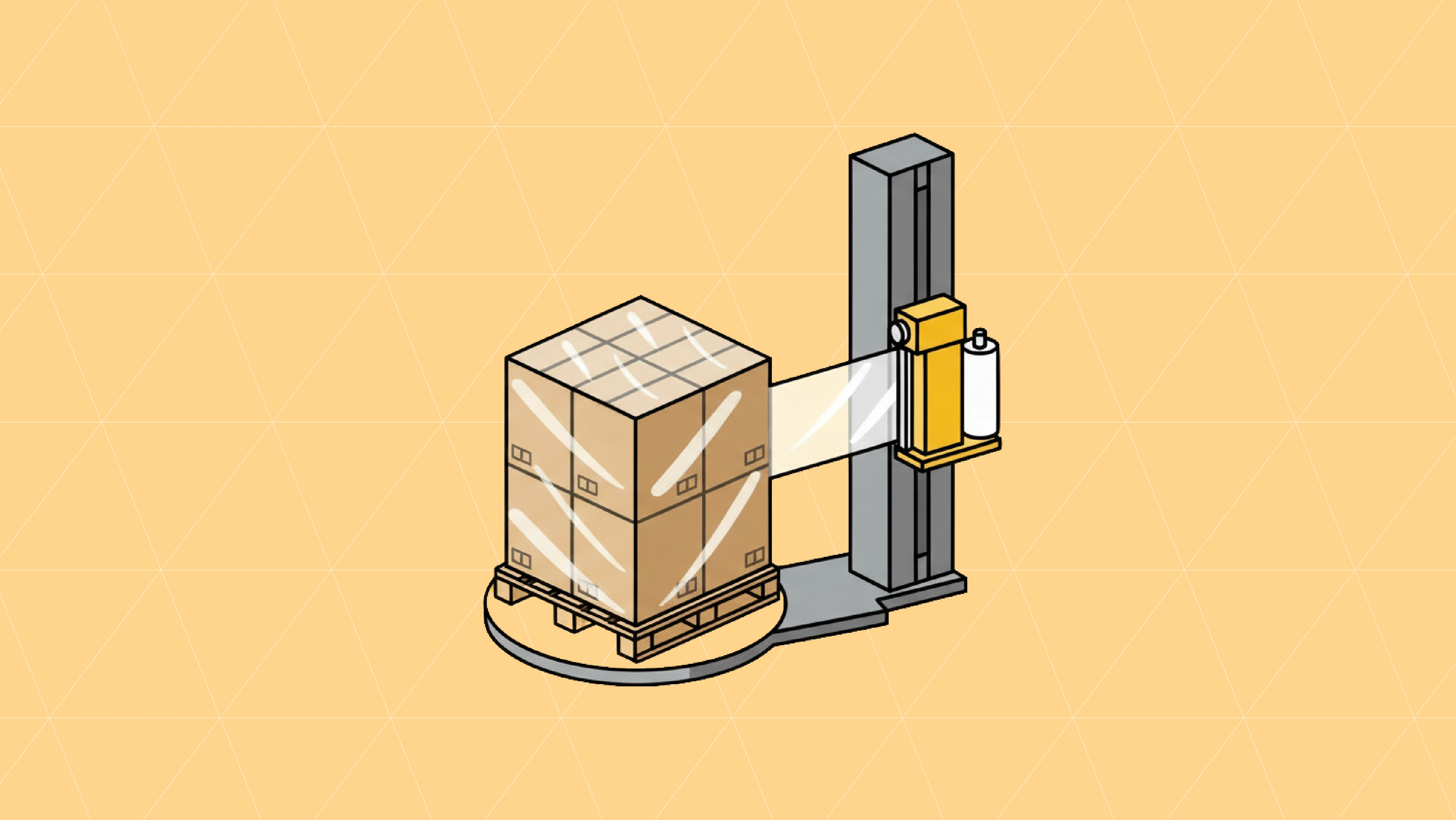In today’s retail environment, businesses are increasingly adopting lean inventory management strategies to optimize efficiency. This shift creates unique challenges for suppliers who must balance production carefully—avoiding both shortages and excess stock. Success in this environment hinges on understanding real-time demand through point-of-sale (POS) data (hint: 867 and 852).
Here are five essential strategies for suppliers to thrive in the lean inventory landscape:
Leverage Data-Driven Retailer Partnerships
Communication with retailers becomes more effective when grounded in shared data insights. Schedule regular data-sharing sessions with key retail partners and present actionable EDI insights rather than just raw numbers. Use visualization tools to illustrate trends and opportunities while providing specific, data-backed inventory recommendations. By collaborating on demand forecasting for upcoming seasons and approaching retailer relationships as data-driven partnerships, you help them make informed decisions that optimize inventory levels without overstocking—creating mutual benefits.
Apply Seasonal Learnings to Future Planning
Use each season’s performance data to refine future strategies by conducting comprehensive post-season analysis of product performance. Identify specific attributes of high-performing versus underperforming items and adjust future production quantities based on actual sell-through rates. Document regional and store-specific trends for targeted distribution and incorporate retailer feedback into next season’s planning cycle. This continuous learning approach helps you become increasingly precise with each planning cycle, keeping you agile in a dynamic retail environment.
Optimize In-Season Inventory Management
Successful in-season management requires continuous attention to inventory distribution. Conduct weekly assessments to identify location-specific imbalances and implement cross-location reallocation protocols for high-demand items. Develop early warning systems for potential end-of-season excess and create tiered markdown strategies to address slow-moving inventory early. Balance fulfillment priorities during high-demand periods to ensure proactive reallocation, which ensures products are available where demand is highest, maximizing sales while reducing the risk of season-end markdowns.
Implement Regular Inventory Health Assessments
Establish a systematic approach to monitoring your inventory and sell-through metrics by scheduling weekly inventory level reviews by product and location. Compare current stock levels against sales velocity and forecasts while identifying potential stockout risks before they become critical. Set automated alerts for inventory thresholds that require attention and document patterns to improve future forecasting accuracy. This proactive monitoring allows you to align your stock levels with current demand trends and address discrepancies before they escalate into significant problems.
Invest in Supply Chain Visibility Technology
Technology is essential for maintaining inventory optimization. Implement real-time inventory tracking systems across your supply chain and utilize predictive analytics to anticipate demand fluctuations – and it’s never been more accessible. Adopt cloud-based solutions that enable cross-functional collaboration and explore RFID and IoT technologies for enhanced inventory accuracy. Develop customized dashboards that highlight critical inventory metrics and integrate your systems with retailer platforms for seamless data exchange. Enhanced visibility through technology investments provides the agility needed to respond quickly to changing market conditions and retailer requirements, creating a competitive advantage in the lean inventory environment.
By implementing these strategies, suppliers can successfully navigate the challenges of lean inventory management while strengthening retailer partnerships and improving overall business performance. Ready to start using more data to improve your operation? Schedule a meeting with a Surpass EDI expert to get started.
More articles
Our platform is designed to empower businesses of all sizes to work smarter and achieve their goals with confidence.




